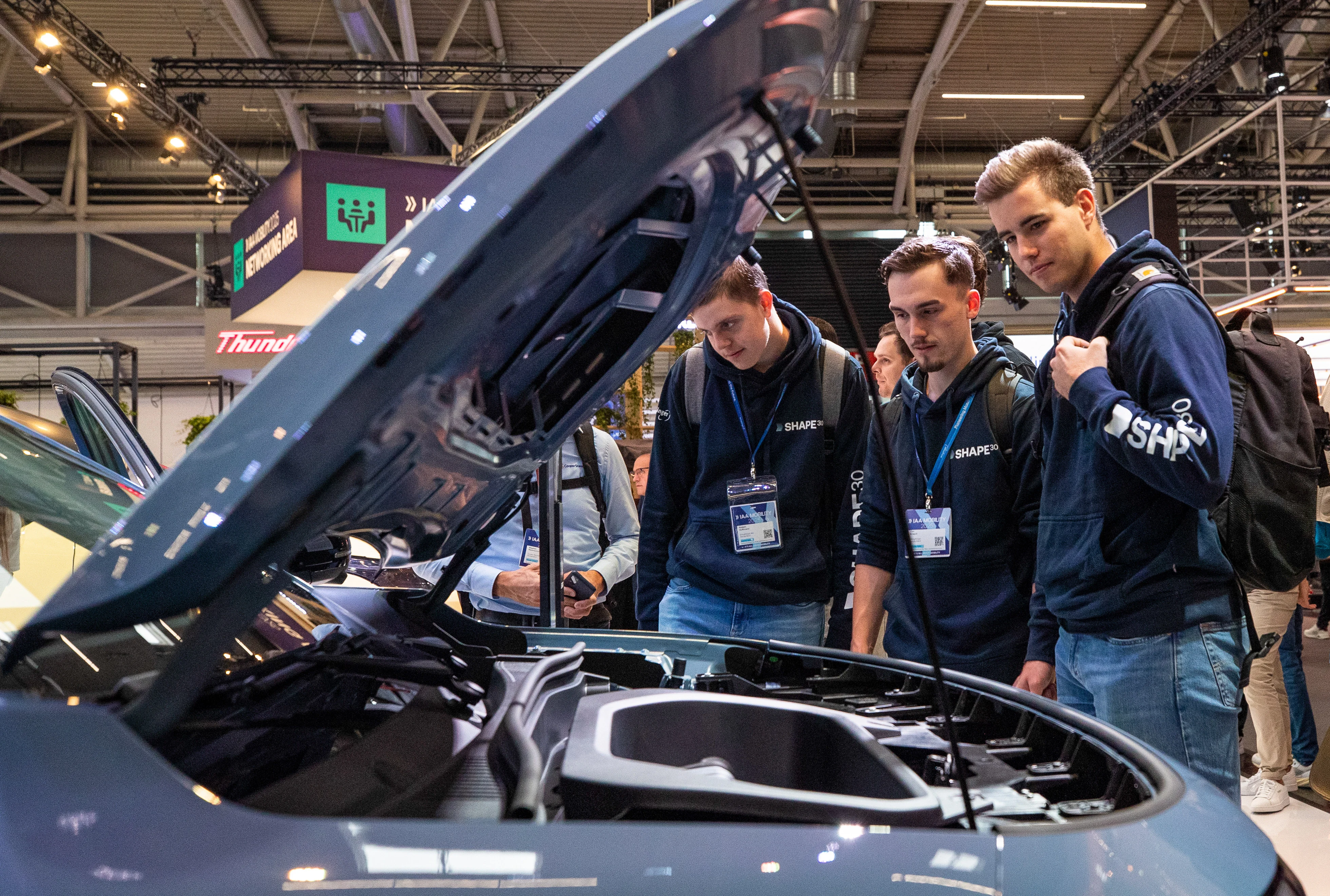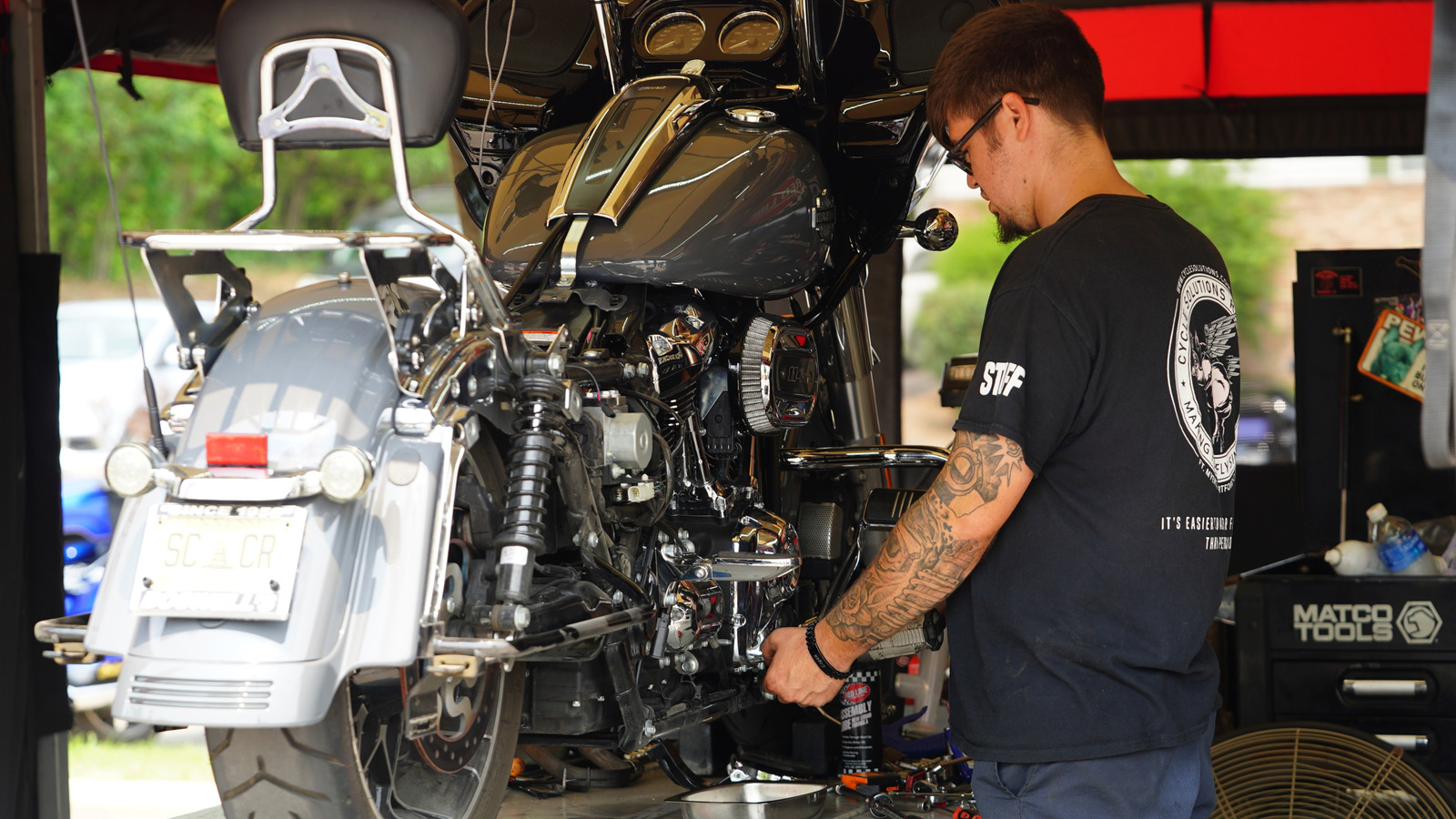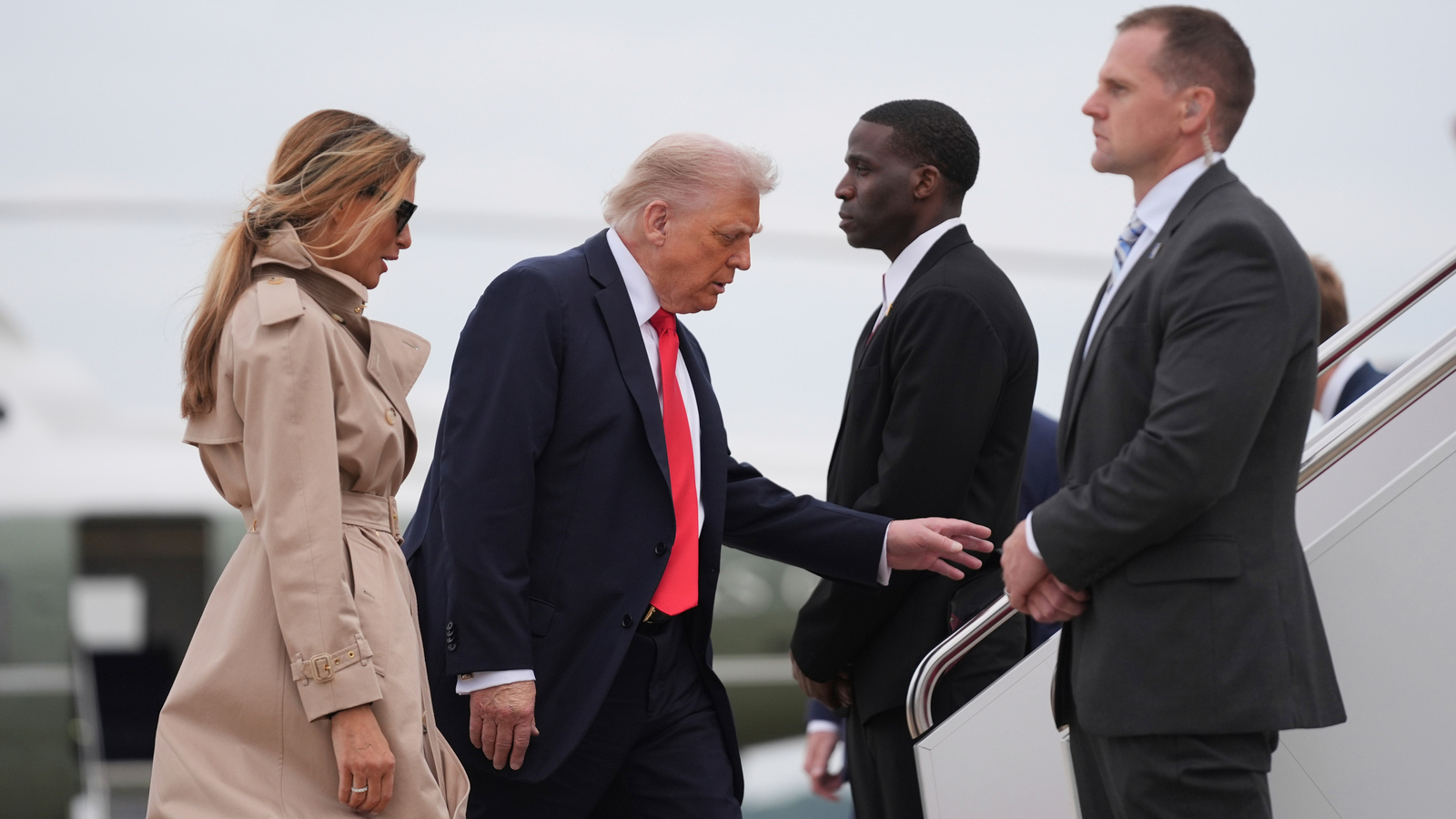By Finbarr Bermingham
Copyright scmp

Europe is buying Chinese hybrid vehicles by the shipload – imports are up more than 400 per cent this year – while Germany’s car exports to China have slumped, leaving gold as its biggest single shipment going the other way.
These are just two findings from new statistics that show how quickly the old trade model has shifted gears, while offering a stunning snapshot of the contrasting industrial fortunes of the European Union and China.
Germany – the bloc’s biggest economy and its manufacturing powerhouse – saw its trade deficit with China shoot up 142.8 per cent to US$17.4 billion in the first eight months of 2025, compared to US$7.2 billion a year earlier.
The findings, part of detailed Chinese customs data released on Saturday, will send alarm bells ringing in Berlin.
Long seen by Chinese buyers and suppliers as a symbol of Germany’s manufacturing prowess, cars remain its biggest industrial export to China, but no longer form the largest single line in the customs data.
In the period to August, saloon car shipments were overtaken by those of unwrought gold – at a time when Germany has no active mines – and medicines, an ironic development which will fuel debate that China is no longer the gold mine it once was for German carmakers.
Alongside plunging combustion-engine passenger car exports which were down 43.9 per cent, from US$7 billion to just US$4 billion over the first nine months, German shipments of automatic gear shifts fell 12.9 per cent, with other car parts down 32.3 per cent.
In addition, industrial machine exports tumbled 16.2 per cent while control instruments were down 25.5 per cent, according to the South China Morning Post’s calculations based on the official data.
A glance at the numbers going the other way shows the depth of the issue for Germany and other European auto manufacturing hubs: as China loses its taste for Western car brands, Europe’s addiction to China’s electric vehicles and batteries is deepening.
Over the first nine months of 2025, China’s shipments of plug-in electric vehicles (PHEV) soared 439.4 per cent in value terms, from US$524 million to US$2.8 billion, as exporters looked to avoid anti-subsidy duties that only apply to pure electric models.
Over the same period, China’s shipments of lithium-ion batteries to the EU’s 27 member states rose 36.6 per cent, as the bloc faced up to the reality of using Chinese motors to power its own electric revolution.
According to the data, Bulgaria’s imports of lithium batteries from China shot up 860 per cent to more than half a billion dollars, while Germany’s imports topped US$9 billion.
Gregor Sebastian, an analyst of China’s industrial economy at Rhodium Group, a research house, said the figures were not surprising.
“China itself saw much faster PHEV growth in 2024, which drove a wave of new model launches now being exported. Economics matter too: exporters will naturally pivot to lower-tariff products if EU demand is there,” he said.
“And demand clearly is – consumers are happy with PHEVs because of range anxiety, and the commission’s recent relaxation of EU emission requirements makes PHEVs even more attractive in the coming years.”
The trend has not escaped EU bureaucrats. Earlier this month, the European Commission said it was “monitoring” the surge in PHEVs from China as part of efforts to establish whether US trade tariffs on Beijing were leading to the diversion of cut-price items to Europe.
According to a commission statement, their trade diversion data “more specifically shows a sharp increase in exports to the EU from China of plug-in hybrid electric vehicles in the last months. Steel products are prevalent in the monitoring as well. This does not automatically mean the increase is harmful to EU industry”.
In an annual State of the Union address earlier this month, Commission President Ursula von der Leyen announced that “we cannot let China and others conquer this market”.
“No matter what, the future is electric. And Europe will be part of it. The future of cars – and the cars of the future – must be made in Europe,” she said.
Nonetheless, the statistics heap pressure on European policymakers and manufacturers alike to support the flagging car industry.
Last week, von der Leyen chaired a third dialogue with the automotive industry, with executives calling for urgent action to help companies cope with the wave of cutthroat competition coming from China.
To the surprise of many, one of the major demands of the car bosses was to drop the EU’s strict phase-out targets for combustion engines, which would delay the bloc’s transition to EVs.
“The rigid car and van CO2 regulation must be adapted to reality,” Ola Källenius, CEO of Mercedes-Benz, said after the meeting. “Being successful means delivering on all core EU priorities: economic security, industrial competitiveness.”
A Chinese business group said that the PHEV wave “should be viewed in perspective, since they still represent only a modest share of the overall market”.
Fang Dongkui, secretary general of the China Chamber of Commerce to the EU, said the expansion of PHEVs reflected both policy dynamics – such as tariffs on Chinese battery EVs – and advances in technology.
“Many of these vehicles now offer ranges exceeding 1,000 km (620 miles), helping to ease charging and range concerns at a time when Europe’s charging infrastructure remains uneven,” he said.
Fang urged EU policymakers to “assess the trend objectively, rather than resorting to further restrictive measures or launching new investigations into Chinese PHEVs”.
EU-China trade tensions remain high. Beijing recently slapped anti-dumping duties on EU pork and brandy imports in a move seen as retaliation for Brussels’ anti-subsidy probe on EVs.
The EU, meanwhile, has banned Chinese medical device makers from lucrative procurement tenders after Beijing refused to open its own market to European firms.
The Post reported last week that a “serious conversation” was taking place in the commission about the maiden use of its anti-coercion instrument against Beijing, potentially in response to what is seen as the weaponisation of rare earth minerals and magnet exports.
Despite the noise, however, the pace of trade investigations has slowed. After a record 20 cases in 2024, the bloc has opened just six in 2025.



